How to Test for Candida at Home
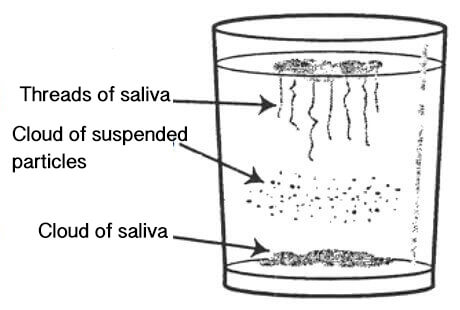

Reviewed and approved by the doctor Maricela Jiménez López
Candida is a type of yeast or fungus, that’s found in all healthy people in certain quantities. While most people associate yeast with an infection, the fact of the matter is that it plays a very important role in your digestion and absorption of nutrients. In this article we’ll be looking at the test for candida that you can carry out easily at home.
When the amount of yeast in your body gets out of balance, it can release toxins into the bloodstream and cause a range of symptoms that affect your health in many different ways.
Quite often, problems occur when your healthy and normal levels of yeast are reduced as a result of antibiotic use, stress, or a diet that’s high in processed carbohydrates and refined sugar.
What are the symptoms of a yeast imbalance?
An abundance or lack of yeast creates an imbalance in the bacteria that contribute to several functions in our bodies. As a result, you might start to experience the following symptoms:
- Food allergies
- Irritability
- Vaginal yeast infections
- Sugar cravings
- Inability to concentrate
- Bloating or constipation
- Fatigue
- Headaches
- A thick, white coating on the tongue
- Depression
- Skin rashes, such as eczema
- Acne
- Immune disorders
See also: 6 Habits That Cause Vaginal Yeast Infections
Test for candida at home
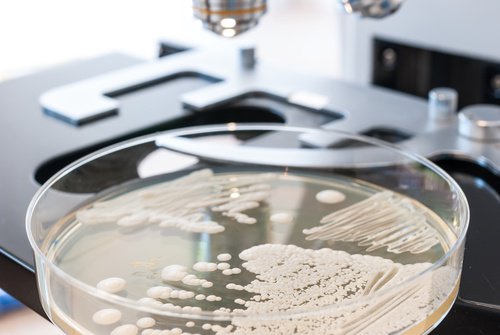
- Firstly, when you wake up in the morning, before you eat anything collect some saliva in your mouth. Then spit it into a glass with a little water.
- After that, wait for up to 30 minutes to observe the changes that occur in the glass.
- If you notice any strings of saliva that sink to the bottom of the glass, if the water turns cloudy, or if all the saliva falls to the bottom, then you could have a problem with your levels of candida.
- If the saliva remains floating on top of the water’s surface, your yeast levels are likely in balance.
How does this test work?
Yeast is generated in your colon, but over time, as it multiplies, it begins to move through the digestive tract, reaching your small intestine, then the stomach, the esophagus, and eventually your mouth.
If you have an excess of yeast and it has reached your mouth, then it’s likely that your tongue will have a white coating that may even extend to the insides of your cheeks.
When you spit in the glass of water, it will sink because the presence of yeast will make it heavier than the water.
How to reduce yeast levels naturally?
Avoid the consumption of processed carbohydrates and refined sugars
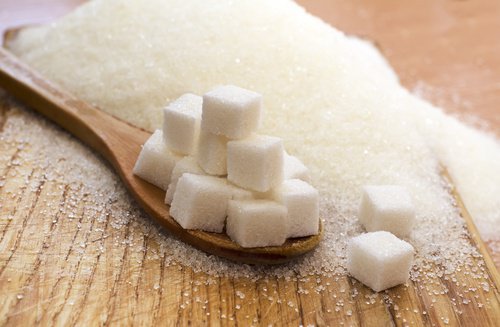
If the craving for sweets overwhelms you, then try to choose fruits that have a low glycemic index.
Increase your consumption of antifungal foods
Natural antibiotic foods are some of the best options to fight high levels of candida without risking the side effects of prescription drugs.
Some recommended foods are:
- Garlic and onions
- Coconut oil
- Apple cider vinegar
- Chamomile
- Lavender
- Ginger
- Lemons
- Cayenne pepper
Take probiotic supplements
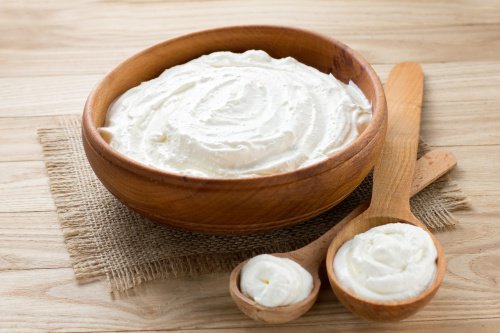
- Plain yogurt with live cultures
- Fermented foods
- Probiotic supplements in capsule, pill, or powder form
Read more: What are Probiotics Used For?
Reduce your stress
High levels of stress can have a negative effect on your blood sugar levels, which, in turn, directly contribute to the proliferation of yeast in the body. If the test for candida is positive, you should consider whether you are suffering from high stress and start finding ways to reduce it.
Support your body’s natural detox
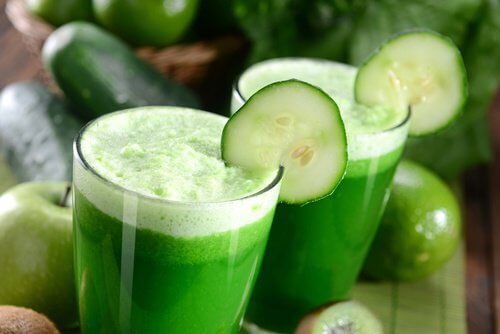
Cleansing your body on a regular basis is an important way to remove excess yeast that has accumulated over time.
Getting rid of excess yeast requires a detox plan that includes some of the following foods:
- Cilantro
- Parsley
- Leafy green vegetables
- Beets
- Dandelion
- Algae
- Artichokes
- Turmeric
- Apples
If your test for candida is positive and you have other symptoms of high levels of candida, it’s important to consult your doctor to identify the right way to restore your body’s natural balance.
All cited sources were thoroughly reviewed by our team to ensure their quality, reliability, currency, and validity. The bibliography of this article was considered reliable and of academic or scientific accuracy.
Spampinato, C., & Leonardi, D. (2013). Candida infections, causes, targets, and resistance mechanisms: traditional and alternative antifungal agents. BioMed Research International, 2013, 204237. https://doi.org/10.1155/2013/204237
Singh, A., Verma, R., Murari, A., & Agrawal, A. (2014). Oral candidiasis: An overview. Journal of Oral and Maxillofacial Pathology : JOMFP, 18(Suppl 1), S81-5. https://doi.org/10.4103/0973-029X.141325
This text is provided for informational purposes only and does not replace consultation with a professional. If in doubt, consult your specialist.








